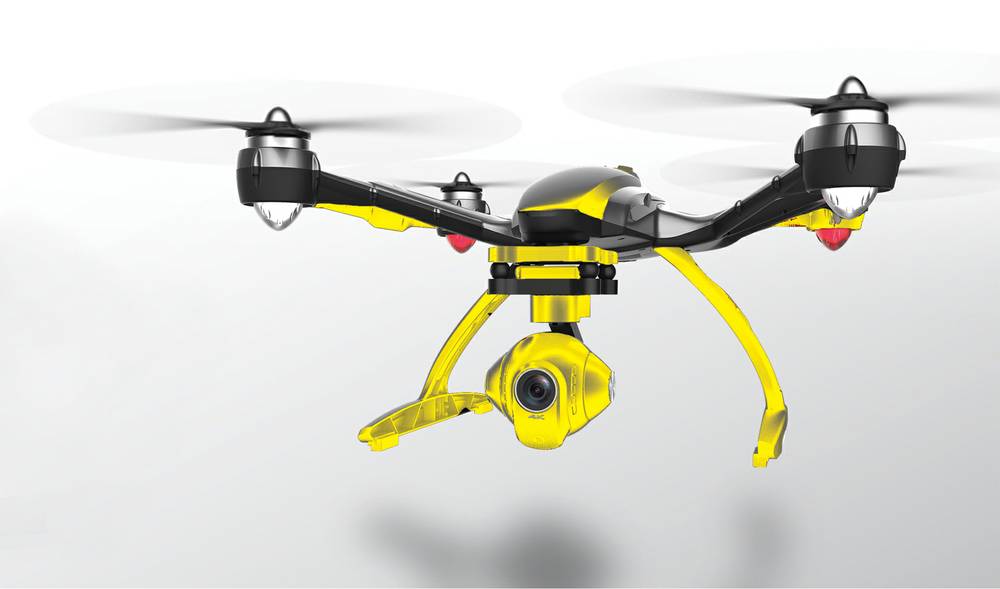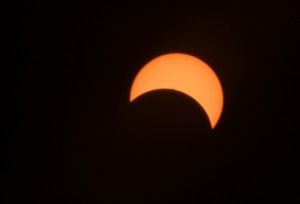It started in the living room one evening when I heard a buzzing bug bouncing off the overhead light. A fly? Weird. Then two more. When I looked up, I saw that they were not flies at all, but bees. In the kitchen, five or six more buzzed at the light. Then, down the hallway, I heard a blood-chilling freight-train of a buzz: Dozens of bees were flying in through the vent, horror-movie style.
A swift panic took over—I’m allergic to bee stings—and within 15 seconds, I was out the door and sealed inside my car. A cloud of bees hung over my small house. I called a beekeeper, who determined that they were not removable because the queen bee was gone and the drones had frenetically dispersed. So he exterminated them, and I returned to a house littered with honeybee corpses.
In the years since, I’ve seen many stories about the dramatic and distressing decrease in the honeybee population. No one knows the exact cause, but there are many theories—pesticides, climate change, parasites. Honeybees are prolific pollinators critical to agriculture, to our worldwide food supply, to the ecosystem. So sometimes when I recall my own honeybee massacre, I feel blue. But then I remember that ominous buzz.
*****
In the exhibition hall at the InterDrone conference at the Rio, I’m having unhappy sensory flashbacks caused by three drones buzzing overhead. They are each about 2-feet square, with four propellers, equipped with cameras and remotely controlled by gameboy-ish reps standing nearby. The crowd—itself buzzing—swarms around the display area to take videos and pictures.
We’re here because drones are quickly becoming popular with curious hobbyists and purposeful businesspeople, most of whom appear to be giddy, middle-aged white men. They’re here from all over the world, though, to stay on top of trends in technology and regulation. The Federal Aviation Administration estimates that by 2030, more than 30,000 of these remote-controlled vehicles will be flying in the U.S.
I first became leery of non-weaponized drones in 2013, when Amazon announced it would use them to deliver stuff. I imagined a noisy, trafficky, commodity-filled sky. But the potential uses are diverse, if no less sci-fi: Railroad companies could fly them ahead of trains to check track conditions; search-and-rescue teams could see into hidden areas or deliver emergency supplies; engineers could use them for close-up inspection of bridges and dams, hydrologists and geologists to map remote regions. Also, criminals could use them to deliver drugs over prison walls (it’s already happened), the inept or malicious could fly them into commercial airplanes, and the puerile could use them to peep at neighbors. The list goes on.
One of their fastest-growing uses is in agriculture. Drones can provide high-resolution crop inspection that allows quicker and more accurate response to problems. Drone use could produce more food, save farmers money and, ecologists say, eventually reduce the need for widespread pesticides. But the predominant appeal of drones right now seems to be this: Oh my God, I’m flying a camera. Ubiquitous cameras are a defining characteristic of our age—we’re obsessed with seeing and being seen; we are controlled by the near-constant urge to stop, save and broadcast our individual takes on reality simultaneously.
To wit: In the drone exhibit hall, hundreds of conventioneers aim cell cams at the drones; drones aim cameras back at them; TV news crews aim cameras at both the crowd and the drones; Rio hotel surveillance cameras look down at the whole scene. One man strolls through, recording with a cell-cam perched high on a selfie stick; people shoot videos of big-screen videos playing footage recorded by drones buzzing through city streets, past traffic cameras and tourists’ cell-cams. Ad infinitum.
One would think that all of this seeing would reveal something.
*****
Honeybees have five eyes. Two of those eyes are called compound eyes because they have thousands of tiny lenses creating a mosaic of images. The other three eyes detect light and shadow as an extra defense against swooping predators. Bees see a broader spectrum of light than humans, and they see patterns we don’t see. Plus, they never sleep—those eyes are always at work.
But the honeybee is dying from something it does not see—something we don’t yet see either—a side effect, perhaps, of the frenetic choices humans made along the way as we advanced in chemistry and technology? Or a predator we somehow overlooked?
A few days after the InterDrone conference, I take a morning walk. It’s peaceful. I marvel at the quiet desert landscape, thankful there are no product-delivery or camera-toting drones buzzing overhead. Yet.
When I reach the flowering shrubs that are frequently covered in bees, I begin to give them the usual wide berth. But then I stop to listen. The buzz seems small, intermittent, almost quaint. For a moment, I worry about the future of bees, of agriculture, of food, of civilization.
Then I take Selfie With Bees.







